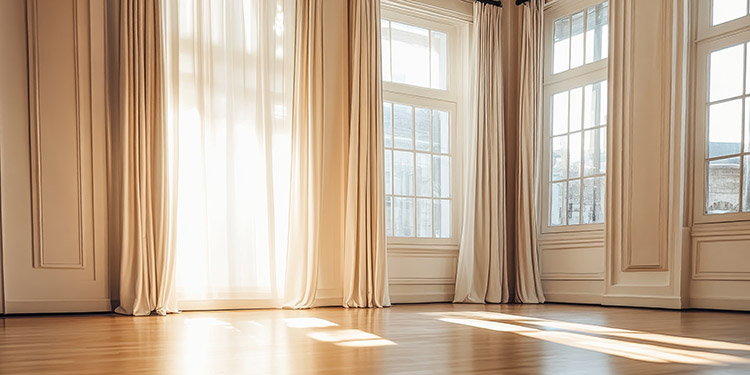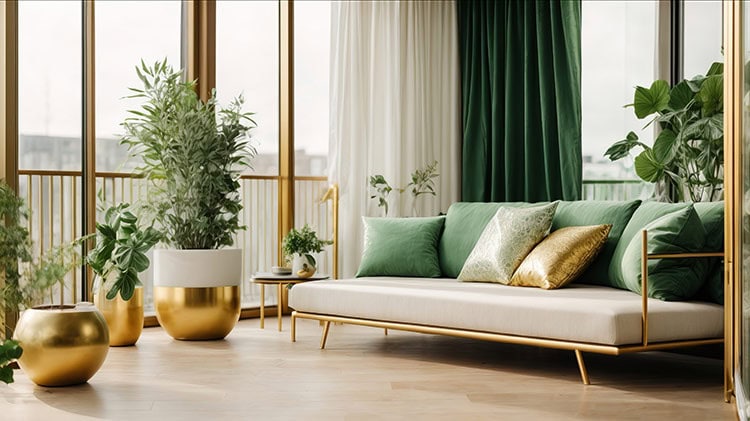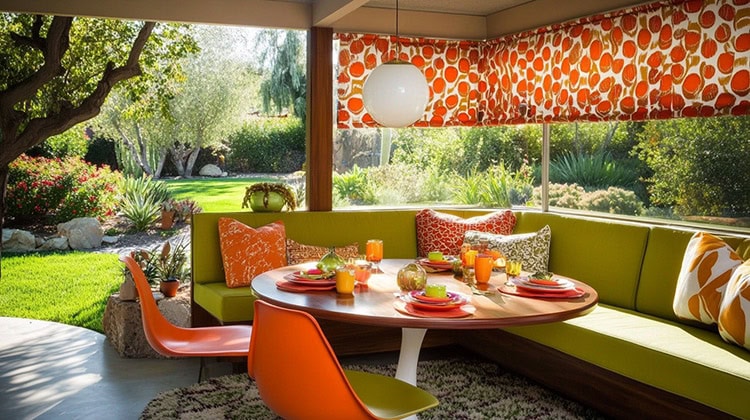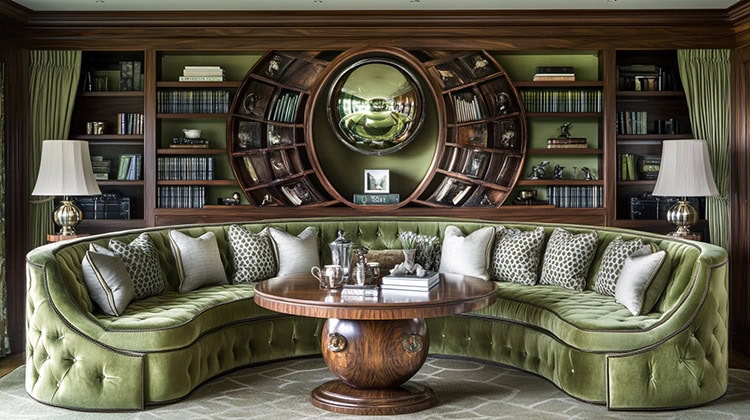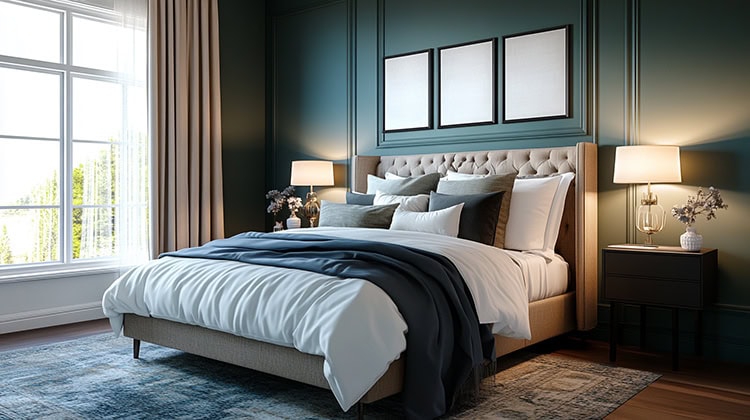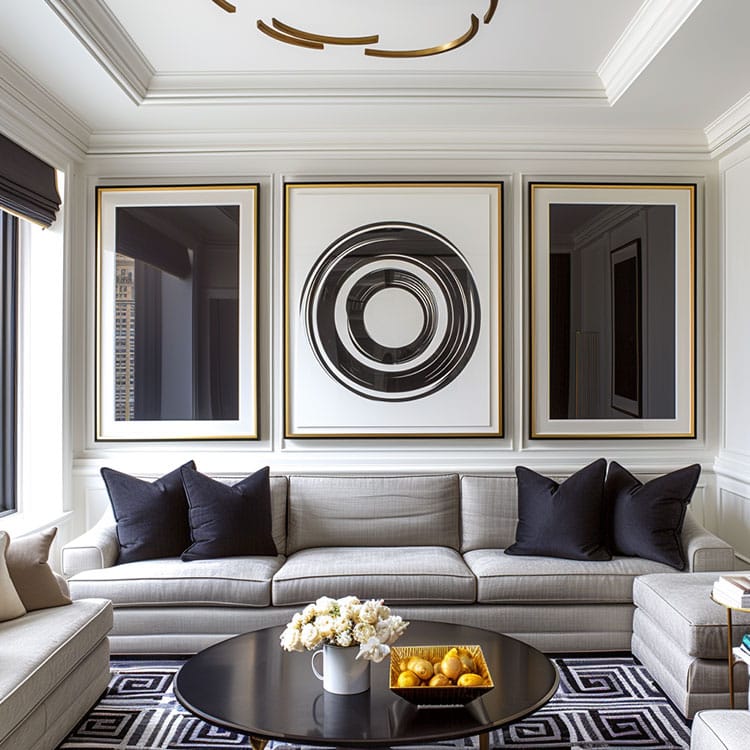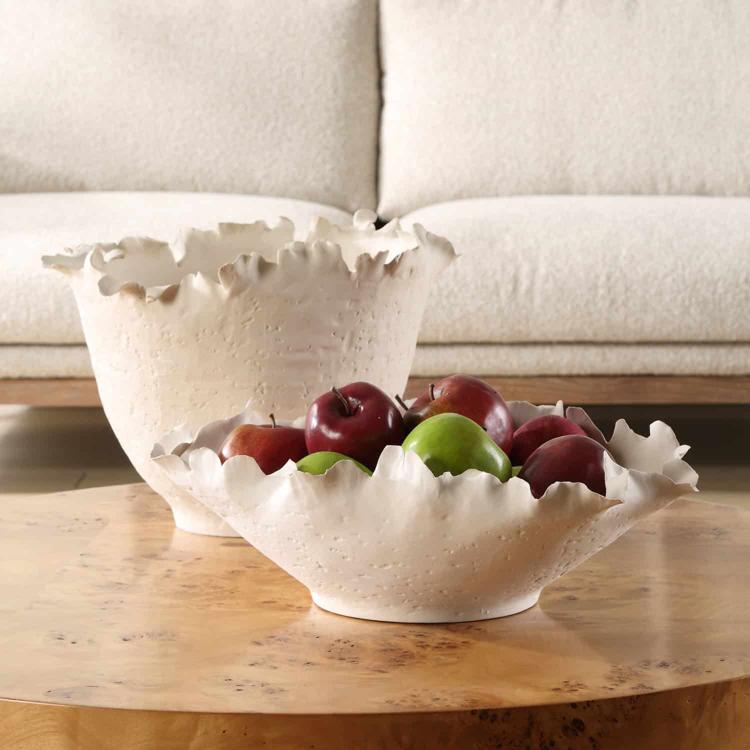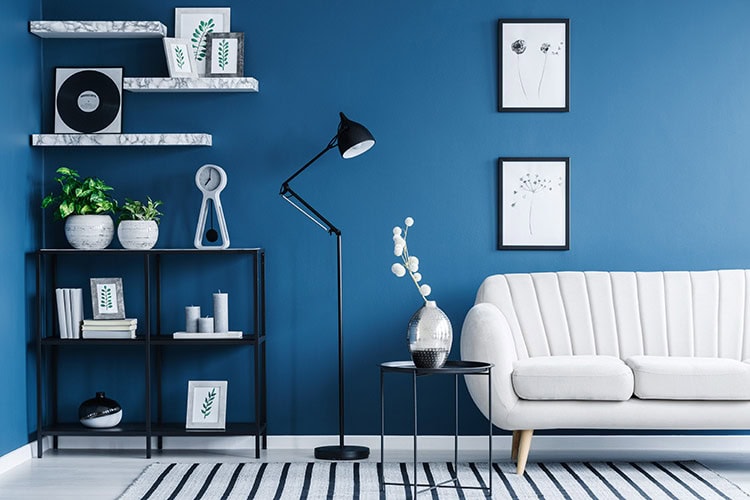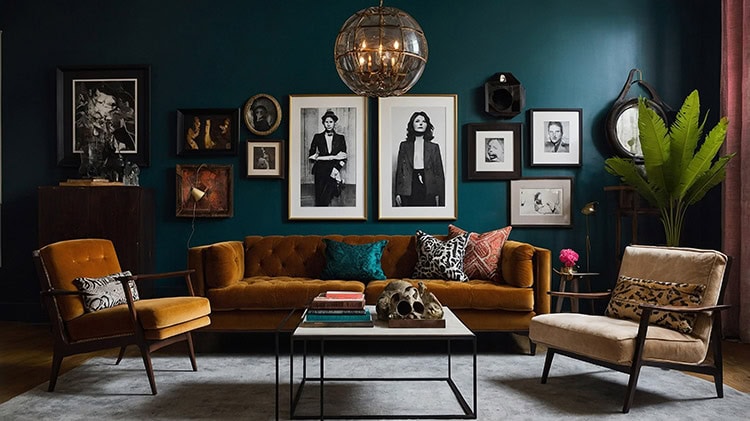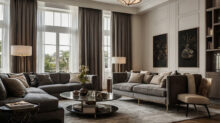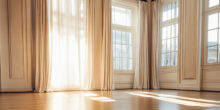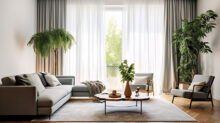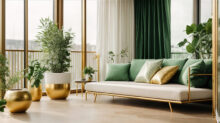Psychology of Color: Tips for Selecting Fabrics with Intention
Color is one of the most powerful tools in an interior designer’s toolkit. When selecting fabrics for furniture, window treatments, accents and more, it helps to have an understanding of color psychology – how different colors affect mood, emotion and behavior. Read on for an overview of color meanings and psychology and tips on effectively using color theory to choose impactful fabrics.
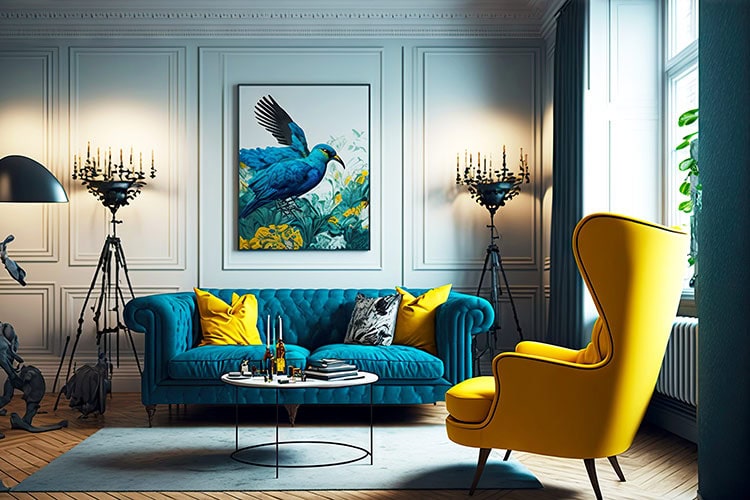
The Meaning Behind Colors
Over the centuries, cultures have ascribed symbolic meaning to colors. While interpretations vary slightly by context, here is a general overview of common color associations:
Red Fabrics – Passion, excitement, vibrant conversation
Blue Fabrics – Tranquility, calm, harmony
Green Fabrics – Growth, renewal, balance, peacefulness
Yellow Fabrics – Joy, optimism, confidence
Orange Fabrics – Enthusiasm, creativity, sociability
Purple Fabrics – Luxury, creative flair, originality
Gray Fabrics – Sophistication, practicality, subtlety
Brown Fabrics – Stability, comfort, earthiness
Black Fabrics – Sophistication, mystery, boldness
White Fabrics – Purity, cleanliness, freshness
Using Psychology When Selecting Fabrics
Interior designers must consider how fabric color choices will impact the mood of a space. Here are useful tips for choosing colors strategically:
Relaxing Bedroom – Light blues, lavenders, sage greens, pale pinks
Uplifting Office – Forest greens, coffee browns, sky blues, tangerine pops
Sophisticated Dining Room – Deep purple or eggplant tablecloth, gray upholstered chairs
Organic Bathroom – Moss green towels, tan and brown textured shower curtain
Playful Child’s Room – Bright rainbow quilt, vibrant patterned pillows
Romantic Sitting Area – Deep red velvet sofa, blush pillows, rich brown rug
Calming Nursery – Light yellow crib sheet, pale blue rocker, muted rainbow mobile
Energetic Workout Room – Bright orange yoga mat, electric blue resistance bands
Sleek Minimalist Loft – White, beige and grey textured linens and furnishings
Boho Chic Apartment – Variety of ornate patterned tapestries in jewel tones
The Impact of Fabrics
Fabrics dominate most interior spaces. Follow these tips for effectively planning a psychologically-enhancing fabric scheme:
- Select fabrics that align with the room’s purpose and desired ambience.
- Use neutral solids or muted patterns as a base then layer in bold accents strategically.
- Employ light, airy fabrics like linen in small spaces and cozy textures like velvet in large rooms.
- Make sure accent colors complement each other and coordinate with fixed elements like floors or countertops.
- Upholster large furniture in hues a few shades lighter or darker than wall color.
- Mix and match prints and patterns cautiously. Limiting to 3 variations creates visual harmony.
Thoughtful fabric selection allows interior designers to create stylish, functional spaces that also provide psychological benefits to inhabitants. With knowledge of color meanings and context, you can become adept at choosing impactful fabrics.

